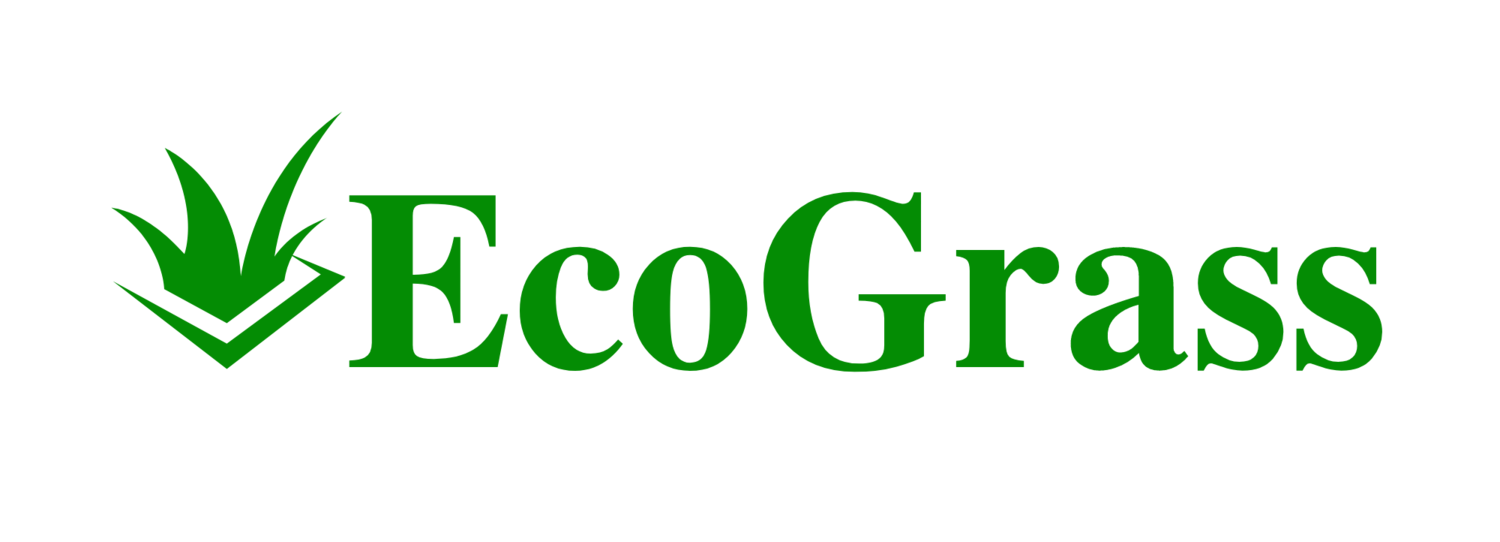Calculating the correct length of artificial turf roll for your DIY project is crucial for a successful installation. Whether you're revamping your garden or creating a low-maintenance lawn area, knowing the exact measurements can help you purchase the right amount of material, avoid waste, and ensure a seamless fit. Artificial turf rolls typically come in a standard width of 15 feet, so your focus will be on determining the length needed to cover your lawn area.
Before purchasing your smart turf, assess the space where you'll be doing the installation. Measure the length and the width of the area to compute the total square footage. If your space has an irregular shape, it may be necessary to break it into smaller, manageable sections. Calculate the square footage for each section, and then add them up to derive the total area. Keep in mind that you may need to buy slightly more turf than the area's measurements suggest; this accounts for potential trimming or fitting during the installation process.
As you embark on installing an artificial grass lawn, remember preparation is key. Besides measurements, consider the layout: where the lengths of turf will be positioned, and how they'll be secured. Strategic planning helps reduce the number of seams and contributes to a more professional finish. With your measurements and plan in hand, you're ready to purchase your artificial turf rolls for your DIY installation project, confident in the knowledge that you have the precise amount of turf required.
Calculating Turf Requirements
When installing artificial turf yourself, precise calculation of the needed turf roll length is essential. You need accurate measurements to avoid waste and ensure a seamless look.
Understanding Measurements
To start, measure the area where you intend to lay the synthetic turf. Use a measuring tape to find the width and length of your lawn. For rectangular or square lawns, these figures are all you need. If your lawn is L-shaped, triangular, circular, or has other irregular shapes, break it down into smaller segments that can be approximated to rectangles for simplicity.
Record each measurement, as you will aggregate them for the total square footage. Remember that accuracy is critical in this phase, so double-check each measurement.
Determining Total Square Footage
Next, calculate the total square footage. Do this by multiplying the length by the width of each rectangular or square area you've measured.
For irregularly shaped lawns, sum the square footage of each section. Here's an example for an L-shaped lawn:
First section (rectangle): Length: 20 ft x Width: 15 ft = 300 square feet
Second section (rectangle): Length: 10 ft x Width: 15 ft = 150 square feet
Total square footage: 300 square feet + 150 square feet = 450 square feet
Ensure to note down the total area since this will determine the amount of turf you'll need to purchase.
Roll Size and Quantity
Artificial turf typically comes in rolls that are 15 feet in width. To determine how many rolls you'll need, divide the total square footage of your project by the width of the roll. For instance, if your total square footage is 450, and the rolls are 15 ft wide, you would need 30 linear feet of turf.
However, you should include excess material in your calculations to account for cutting and shaping to fit your space, usually adding about 10% more to your total square footage should suffice. When buying the turf, remember to round up to ensure you have enough material - it's better to have a little extra than to run short.
By following these steps, you can confidently estimate how much artificial turf you need for your DIY project.
Completing Your Artificial Turf Project
To ensure a successful completion of your artificial turf project, focus on selecting high-quality materials tailored to your needs, executing the installation process with precision, and committing to regular maintenance for long-lasting results.
Choosing the Right Materials
When selecting materials for artificial turf, you must consider durability, pile height, and the type of infill material suited for your intended use. Price per square foot and eco-friendly options are also important factors. The list below outlines the necessary materials:
Synthetic Grass: Choose a type with appropriate pile height for realistic appearance and comfort.
Infill Material: Decide between sand, crumb rubber, or eco-friendly options, contributing to the turf's stability and durability.
Weed Barrier: A layer underneath the turf that prevents weed growth, enhancing longevity.
Seaming Materials: Needed to join sections of turf, ensuring a seamless look.
Measuring Tape & Calculator: For accurate measurement of the area and calculation of turf requirements.
Installation Steps and Tips
For installation, gather all necessary tools and equipment including a utility knife, hammer, nails, and a spreader for infill. Then, follow these steps for professional installation quality:
Preparation: Clear the area of debris and lay the weed barrier.
Measure Accurately: Use a measuring tape to determine dimensions and cut turf accordingly.
Seaming: Join the sections of turf with seaming material; align carefully to maintain a natural look.
Securing: Nail the edges of the turf and apply infill evenly for stability.
Trimming: Trim excess for a neat finish around the edges.
Tips:
Ensure the sub-base is leveled to avoid uneven surfaces.
Ordering Turf: Purchase slightly more turf than measured to account for mishaps.
Maintenance and Long-Term Care
Maintaining artificial turf involves regular brushing, removing debris, and occasionally replenishing infill material to keep it looking fresh and extend its life. Consider the points below for long-term care:
Brush Regularly: Keeps fibers upright and spread out.
Infill Replacement: Replenish as needed to maintain cushioning.
Clean Spills: Prompt action can prevent staining.
Professional Maintenance: If available, a yearly check can be an investment in the longevity of your synthetic grass.
Remember that artificial turf is a long-term investment. With proper installation and maintenance, it offers great value without the constant labor and cost of maintaining natural grass.

